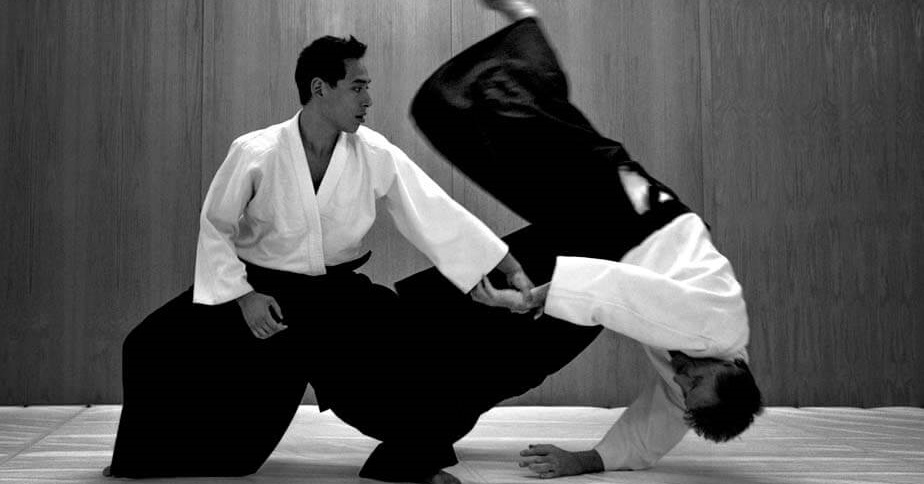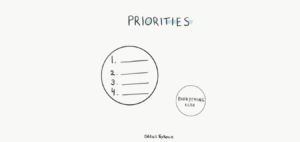
Verbal Aikido is a technique derived from the martial art of Aikido. This martial art was developed in modern Japan by a martial arts master named Morihei Ueshiba. It is based on the principle that people try to neutralize the opponent, not harm them in conflicts. Like all martial arts, Aikido is not just about fighting techniques. There is a whole philosophy behind it. Those who practice it seek, above all, personal evolution. They incorporate the physical, mental, and spiritual planes into their practices. They do not underestimate their opponents, on the contrary, they try to understand and learn from them.
A group of writers began to apply the principles of Aikido in communication. This is how they developed the concept of Verbal Aikido. They found it to be an excellent way to avoid or divert daily conflicts. We can use it to bring more peace, serenity and happiness into our lives. Like any technique, it is something that can be learned and we can reap great benefits by applying it.
Verbal Aikido and Response to Aggression

People who develop Verbal Aikido state that the most important thing when being verbally assaulted is to protect your own well-being. A verbal attack can unleash a whirlwind of emotions and confuse you. That’s why it’s so important to keep calm and focus on the goal of solving the problem rather than making it worse.
The first thing you should do is not react automatically, but rather use the power of the attack to spin it around its axis. This should place you exactly where your attacker wants you to be. Instead of looking at him from the opposite side, the idea is to try to see what this person is looking at.
Verbal Aikido Techniques

Verbal Aikido has some basic techniques for facing attacks. These are mechanisms inspired by these martial arts movements that have proven effective in dealing with such situations.
Acknowledge and adapt: Use this when the attack does not pose any risk to you and becomes repetitive. This is internal and to prevent any verbal attack from harming you.
Adapt and stay in the starting position: This means acknowledging that the other person has a point in their argument but sticking to your own point of view and letting it be known. You can use this for intellectual disputes.
Flattering: You can use this when the other person verbally attacks you with the desire to show you superiority. Compliments or flattery neutralize their aggression as it satisfies the aggressor’s desire.
The detoxifying response: This is when you respond to the attack with a question. This has two advantages. On the one hand, it allows the other person to evaluate whether it is reasonable. On the other hand, it gives you a little time to calm down and not react violently. This might be a good idea when someone attacks you personally.
Purpose affirmation: This is when you let the other person know that you are aware that they are angry with you. At the same time, you express that you want to solve the difference with healthy communication. For example: “I know you are offended by my opinion, but I would like to explain why I think that way”.
Confrontation: This curbs a lack of respect or excessive verbal aggression. It might look like: “I may have made a mistake, but you have no right to treat me this way, so I demand an apology”.
Moderate your tone of voice: In this case, you are trying to make the other person realize that they are hurting you and do not accept it. For example: “If you keep talking to me in this or that tone, this conversation is over.”
Verbal Aikido tries to manage conflicts wisely. Here you waste energy only where it is really needed. Ideally, you should learn to count to 10 first, not react aggressively, and then practice some of these effective techniques.














